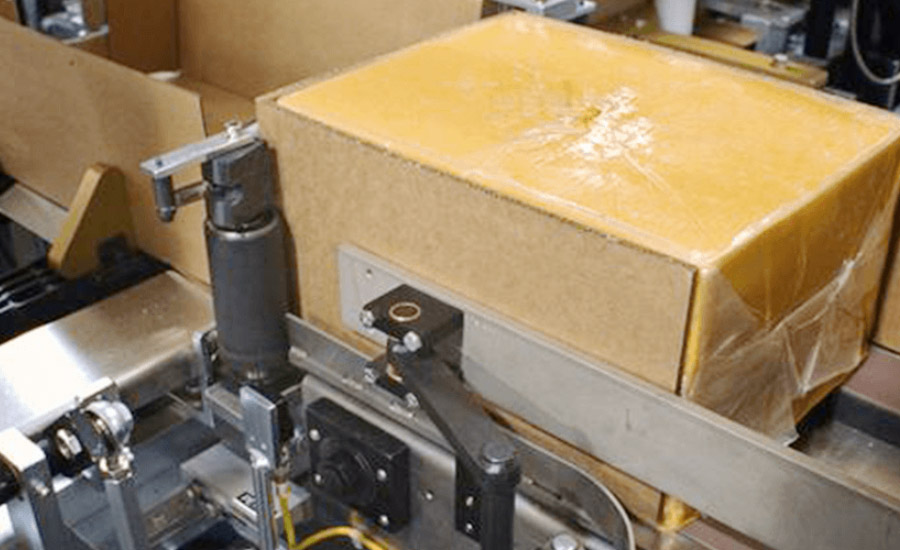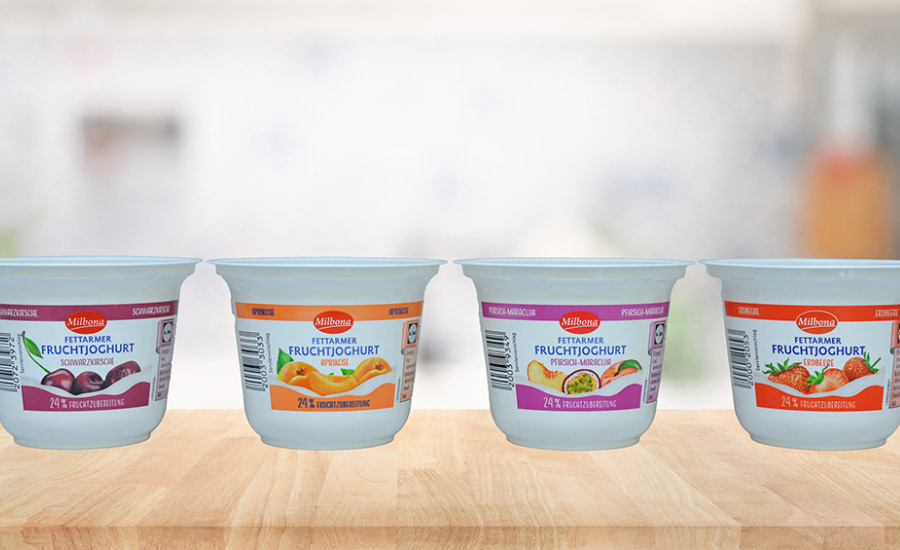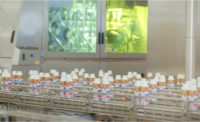What is the future of rigid and flexible packaging in dairy?
Ever-increasing demand, combined with unique properties of dairy products, is leading to widespread innovation.

Photo courtesy of AtlasStudio / iStock / Getty Images Plus
The dairy industry continues to evolve in response to consumer preferences, technological innovations, and sustainability. Among the critical elements driving this evolution is packaging, where both rigid and flexible options play critical roles.
Each type of packaging serves distinct purposes, catering to the varying needs of dairy producers, retailers, and consumers. As a whole, dairy packaging will continue to be in high demand. Per Grand View Research, the dairy packaging market was valued at $31 million in 2023 and is expected to grow at a compound annual growth rate of 2.7% through 2030.
This ever-increasing demand, combined with the unique properties of dairy products, is naturally leading to widespread innovation in a variety of packaging areas. While many considerations are factored into packaging decisions, ensuring product quality is paramount. Dairy products are uniquely susceptible to bacterial contamination, and they are quick to spoil if not packaged properly.
The rise of aseptic packaging
As a result, aseptic packaging has seen an increase of use in the dairy sector. Suitable for both rigid and flexible formats, aseptic and extended shelf life (ESL) packaging allows dairy processors to mitigate potential contamination by placing products in pre-sterilized containers in a hygienic environment. This practice helps delay spoilage, leading to increased efficiency and reduced food waste.
As an example of aseptic packaging’s enhanced appeal, Sidel recently launched its new Aseptic Knowledge Centre, a fully online collection of insights, news, and case studies dedicated to helping manufacturers understand the benefits of aseptic packaging.

“Food safety and extending product shelf life are top priorities for the aseptic packaging industry,” states Damien Fournier, vice president, Sensitive Portfolio at Sidel, in a company news release. “With the launch of the new online Aseptic Knowledge Centre, Sidel is sharing expertise and leadership in aseptic packaging with customers, potential clients, and the broader industry. Our goal is to showcase how ongoing innovation and advancements in aseptic technology can address these key concerns.”
Sustainability is top of mind
Sustainability also remains a key trend to watch in dairy packaging. While there are altruistic intentions when it comes to making dairy packaging more sustainable and embracing environmental, social, and governance (ESG) practices, companies also stand to benefit economically by shifting to eco-friendly packaging. A 2023 study by McKinsey & Co. concluded that “there is strong evidence that consumers’ expressed sentiments about ESG-related product claims translate, on average, into actual spending behavior.”
When it comes to materials, companies are increasingly utilizing low-emission plastics like linear low-density polyethylene (LLDPE) and polyethylene terephthalate (PET) for bottles and pouches. In addition, companies like INEOS Styrolution are finding new ways to make materials that are typically difficult to recycle more eco-friendly. Recently, INEOS partnered with Unternehmensgruppe Theo Müller, a German dairy manufacturer, to develop a yogurt cup made from mechanically recycled polystyrene.

Despite these advancements in sustainability, the overall effectiveness of these practices can come into question. Oftentimes, adjusting one area of packaging to be more sustainable can lend way to other sustainability challenges.
“It depends on which part of the sustainability thing you’re on,” says Ray Musson, regional sales engineer, Massman Automation. “Some people want to get away from corrugated, but they have to go to a plastic wrap. Well, is that more sustainable than the corrugated [option]?”
Emphasis on retail
In a consumer economy that continues to focus on online shopping, it may be surprising to hear that in-person retail and wholesale is driving a lot of innovation in dairy packaging. Because large retailers like Costco, Walmart, and Aldi are so influential in providing customers with dairy options, packaging manufacturers have had to adjust to the demands of these companies, and each of them have different priorities.
For example, Costco products can often be seen on the pallets on which they arrived, while Walmart and Aldi need to have dairy products that can fit on their shelves. Massman Automation, a company that designs, builds, and services automated packaging equipment for a wide range of industries, including dairy, understands this.
“Because of how Aldi wants their product to go on their shelf, the stuff that we have to create has to be a tray that’s on [the shelf] with the product on it,” noted Musson. “It’s very difficult for the manufacturer, but at the end of the day, we’re going to design and build what the customer needs.”
Flexible is the future
The emergence of flexible pouches and bags has made its way to dairy, and it looks like it is here to stay. Products like shredded cheese and yogurt can be seen in pouches in grocery stores across the world, but even products like sour cream and milk are starting to become available in flexible packaging as well. While there are challenges like machine compatibility and cost of investment, the transition to flexible packaging makes shipping and transport easier, in addition to being typically a more sustainable option than rigid counterparts.
“For the normal retailer in the U.S., the flexible pouch [is the next horizon],” concludes Musson. “It’s the most challenging, but that’s where everybody’s going.”
Looking for a reprint of this article?
From high-res PDFs to custom plaques, order your copy today!





